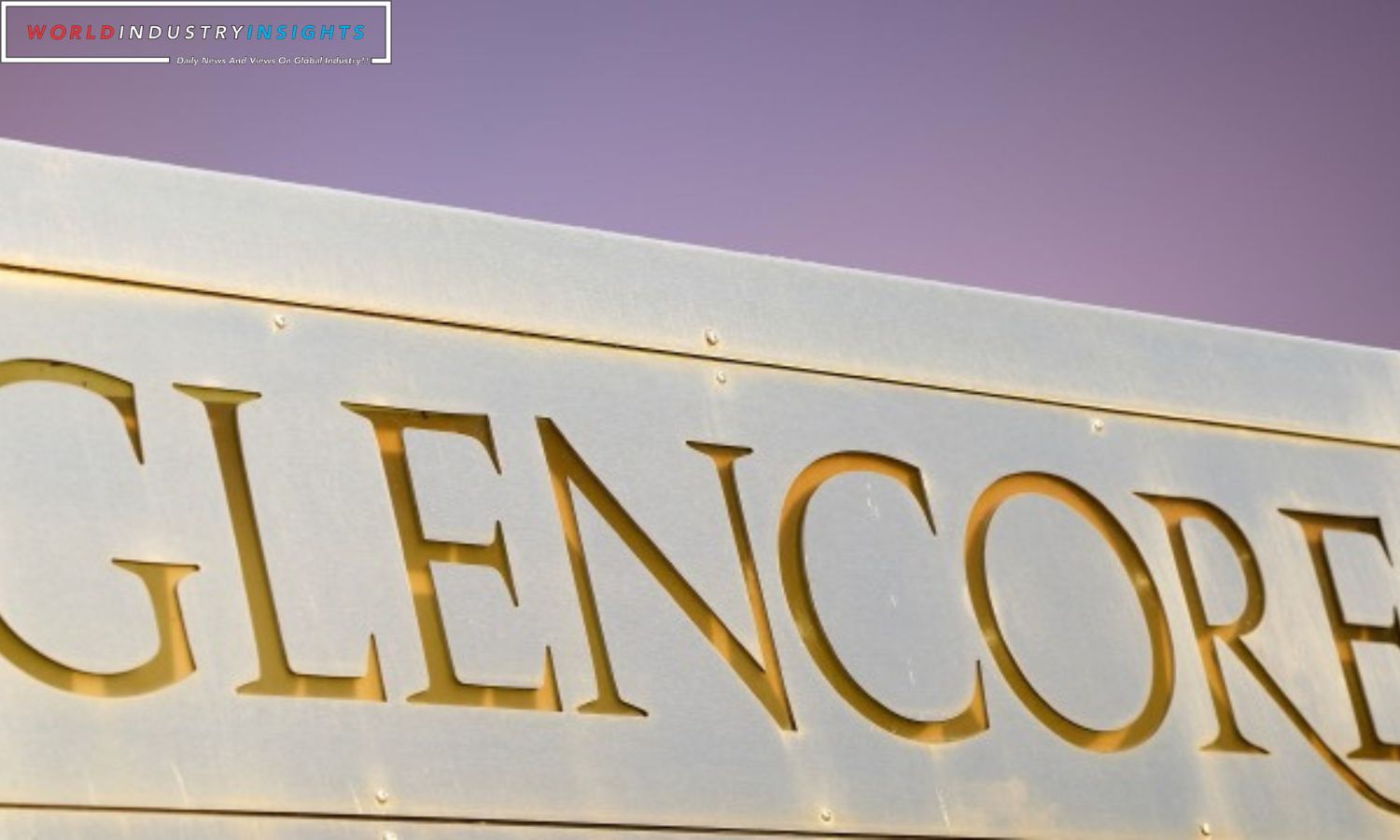Green Veneer vs Grey Realities: In the intricate dance between corporate climate commitments and lobbying activities, a recent study by the non-profit organization InfluenceMap has revealed a paradox involving prominent companies like Glencore, ExxonMobil, and Stellantis, among others. The report meticulously assessed 293 companies, including those listed in the Forbes 2000, and uncovered a startling finding: nearly 60% of companies with net-zero emissions targets or similar climate goals are at risk of engaging in what the study terms ‘net zero greenwash’ due to their lobbying practices.
The term ‘net zero greenwash’ implies a situation where companies, despite making public commitments to achieve net-zero emissions or similar climate targets, engage in lobbying activities that are incongruent with these environmental pledges. InfluenceMap’s assessment used the United Nations’ High-Level Expert Group’s (HLEG) ‘Integrity Matters’ guidance, emphasizing the need for companies to align their lobbying efforts with their climate commitments.
According to the report, lobbying activities encompass both a company’s direct involvement in influencing policies and the actions of their industry associations. The findings have raised concerns about the credibility of companies’ climate commitments, as their lobbying practices appear to undermine the very goals they publicly endorse.
Key companies identified in the study as being at significant risk of ‘net zero greenwash’ include Glencore, ExxonMobil, and Stellantis. Glencore, as per Influence Map, opposed the introduction of an ongoing climate policy in the European Union and resisted the proposed design of Australias Safeguard Mechanism Reform. However, Glencore declined to provide a comment on the findings.
Also Read: ISS Net-Zero Overhaul: Institutional Investors Demand Accelerated Climate Action Guidance
ExxonMobil, another major player, was highlighted for opposing the U.S. Environmental Protection Agency’s proposed power plant rules and advocating for the expansion of the oil and gas industry in the United States. Similarly, Stellantis, which aims to achieve net-zero emissions by 2038, was found to oppose the EU’s proposed 2035 target for a 100% reduction in carbon dioxide emissions from new cars and vans. Stellantis also supported efforts to weaken U.S. emissions standards for light-duty vehicles. Both ExxonMobil and Stellantis did not respond to requests for comments on the study.
This study echoes a broader debate on the role of corporations in the fight against climate change. In recent years, companies have faced increasing scrutiny for potential inconsistencies between their climate commitments and lobbying practices. Some companies argue that they must balance climate goals with the diverse needs of stakeholders, while critics view such lobbying practices as counterproductive to global efforts to combat climate change.
As the United Nations prepares to kick off its COP28 climate summit later this month, the study underscores the importance of transparency and alignment between corporate lobbying activities and climate plans. The U.N. has stressed that firms must declare their lobbying and comply with their climate goals. The study’s lead author, Will Aitchison, argues that corporate influence, typically through lobbying, hinders climate policy advancement, emphasizing the need for government and business cooperation. This study’s contradiction shows how firms must reconcile environmental responsibility and advocacy in a climate-focused world.
Our Reader’s Queries
Which wood veneer is best?
Oak veneer is a top choice for furniture makers due to its chic and elegant appearance. Its dark color and hard texture give it a sophisticated look that is both durable and strong. As a hardwood, oak is a popular choice for dining sets, end tables, desks, and cabinetry. It is also the most affordable option, making it a practical choice for those looking for quality furniture without breaking the bank.
How do I choose a veneer wood color?
When it comes to selecting the latest veneer designs, there are four colours that you should definitely consider. Ivory is a neutral shade that falls between white and yellowish cream, making it a versatile option. Brown Red is a warm and rich colour that can add depth and character to any space. Grey comes in a wide range of shades, from dull to vibrant, and can create a modern and sophisticated look. Finally, white is a classic and timeless choice that can brighten up any room. Consider these four colours when choosing your next veneer design.
What are disadvantages of veneer wood?
While veneers can add a touch of elegance to any space, it’s important to consider their drawbacks. Decorative veneers are delicate and can easily dent or scratch, so it’s crucial to be mindful of where they’re used. Additionally, wood veneers are highly sensitive to water and humidity, which can ruin their polish or even cause permanent damage. It’s important to weigh the pros and cons before deciding if veneers are the right choice for your project.
What is the best stain for veneer?
For those looking to finish wood veneers, Water Based Polyurethane varnish is a top-notch option. Not only does it dry quickly, but it also provides a long-lasting, sturdy finish that can withstand stains, abrasion, water marks, and certain chemicals. The best part? Clean up is a breeze with just water, and there are minimal fumes, making it easy to work in a closed area.


